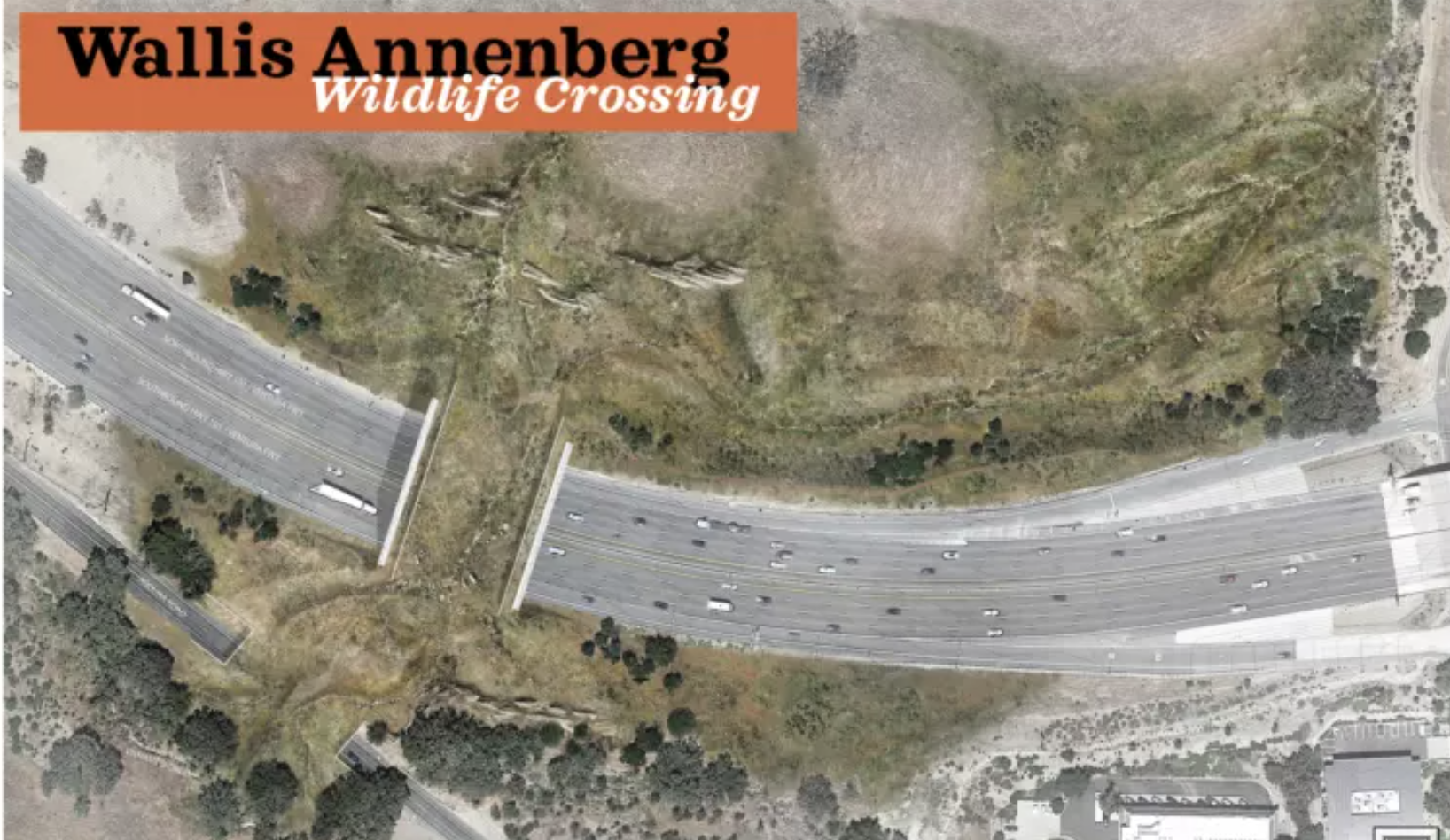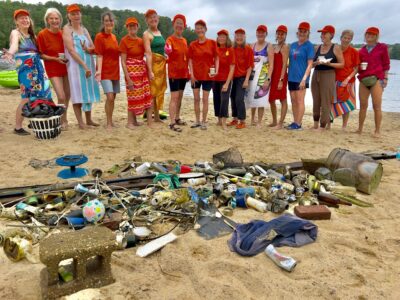On the bustling U.S. Highway 101 in Southern California, nestled into the base of the Santa Monica Mountains, sits the site of what will be one of the largest conservation bridges in the world, which broke ground just last month on Earth Day. Situated just 35 miles from downtown Los Angeles, the enormous wildlife crossing will stretch the entire length of the busy ten 10-lane highway, towering nearly 200 feet above it upon its completion. Yet, the Wallis Annenberg Wildlife Crossing, eponymously named after the beloved Southern California philanthropist and one of the largest benefactors of this monumental project, is more than just a formidable feat of engineering.
It is a way of reconnecting the endangered mountain lion population devastated by generations of inbreeding due to the treacherous conditions caused by California’s road system.
An estimated 300,000 cars travel the small stretch of highway in the Agoura Hills that will be the home to this colossal structure every day. For the mountain lions in the Santa Monica Mountains, roaming northward to find a mate in the more populated Los Padres National Forest Area is an almost impossible task. As a result, the Santa Monica Mountains have become something of an “urban island” for these mountain lions, causing their population to dwindle in addition to various genetic defects.
The hope is that the Wallis Annenberg Conservation Bridge will play a vital role in the movement and survival of these stranded pumas. The bridge, designed to mimic the ecosystem that surrounds it, will be used to escort the alienated Santa Monica mountain lions to the more populated land.
In addition to the enormous size of the bridge, the price tag is also astronomical. The project requires $87 million in funding, and public funds were projected to cover about 20% of the cost, leaving the remaining $69 million for private financing. In the quest to bridge the gap, movers and shakers from the National Wildlife Federation started a fundraising campaign known as “Save LA Cougars.” However, its success would likely not have been possible without the contributions of what would become one of Southern California’s most unlikely icons.
Known to Angelenos simply as P-22, the famous Santa Monica mountain li is known for bravely, if accidentally, trekking over two of the area’s busiest freeways into the glitzy hills of Griffith Park.
The cantankerous puma developed a cult following as the sole inhabitant of the famous urban park and quickly became the face of the “Save LA Cougars” initiative.
A cardboard cutout of the often bewildered-looking puma found its way to every fundraising event, garnering the attention and admiration of locals, politicians and celebrities alike. The city of Los Angeles designated a P-22 day in October that raised money for the plight of the mountain lions and continues to this day. The support for the Wallis Annenberg bridge received more than 5,000 donations, with some donations coming from as far as Australia. Through the influence of the fundraising efforts, the project was fully funded and received enough awareness to persuade local and state politicians to allocate money for future conservation bridge projects.
Wildlife conservation projects like these are not new, and these bridges have sprung up in cities across the US, including Seattle, San Antonio and Vail. However, the Wallis Annenberg Bridge is representative of a shift in how we value nature, not as a resource but as something we must live harmoniously with. As Wallis Annenberg, the chief benefactor of the project, said at the groundbreaking ceremony, “we can coexist side by side with all kinds of wildlife instead of paving it over and choking it off.” She sums up the importance of the project, saying “it is about bringing more attention to an ingenious solution so urban wildlife and ecosystems like this one cannot only survive, but thrive.”





